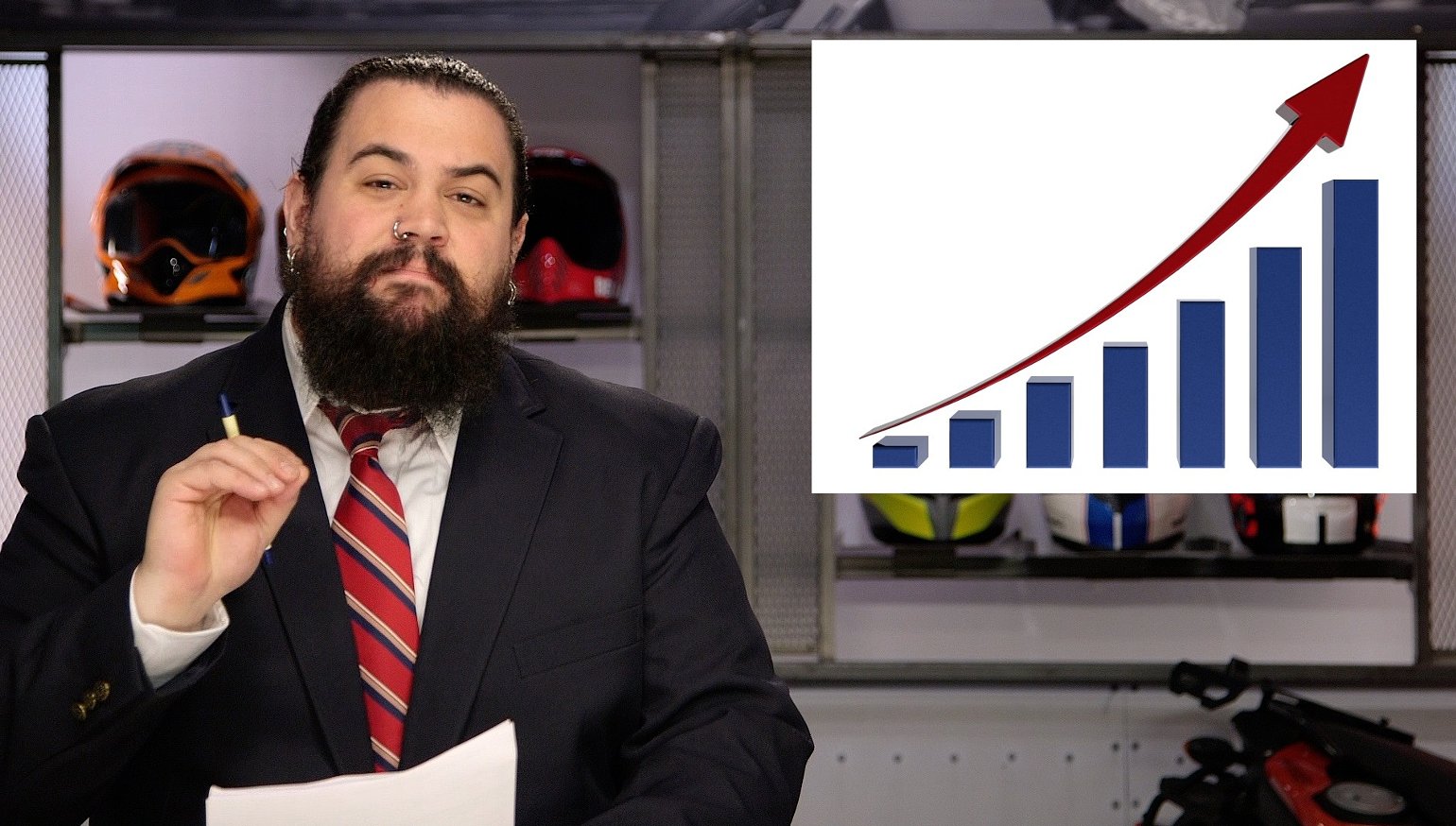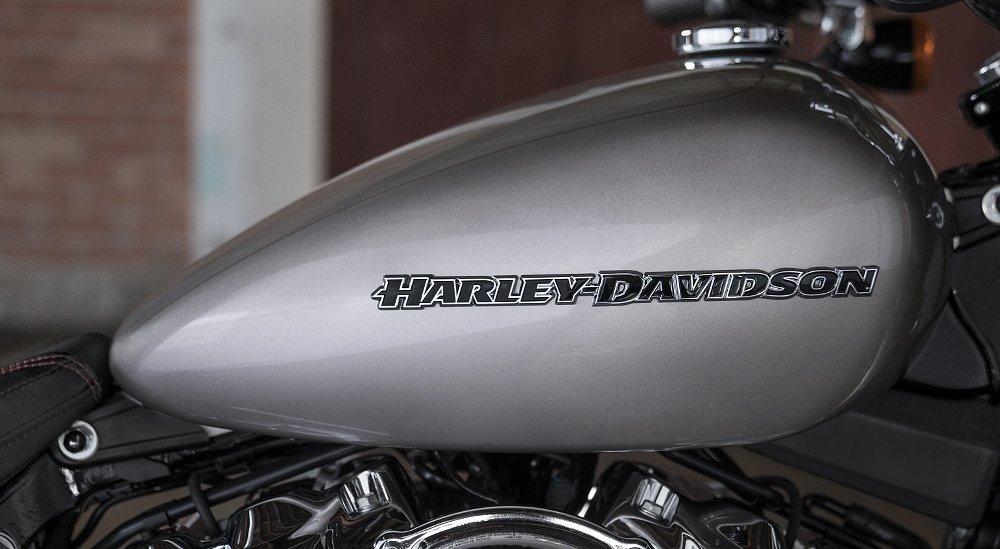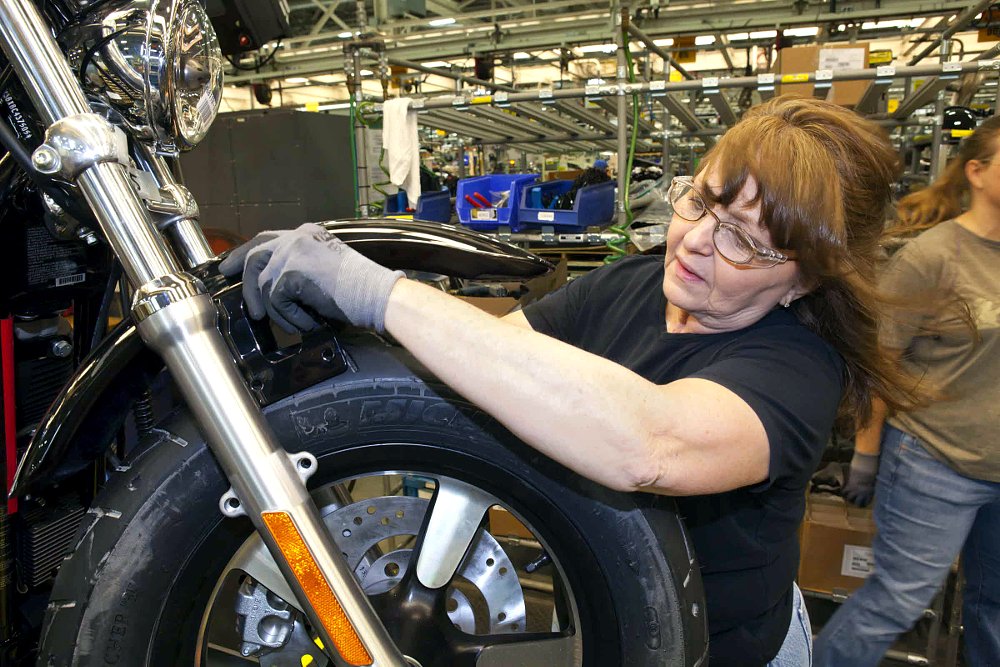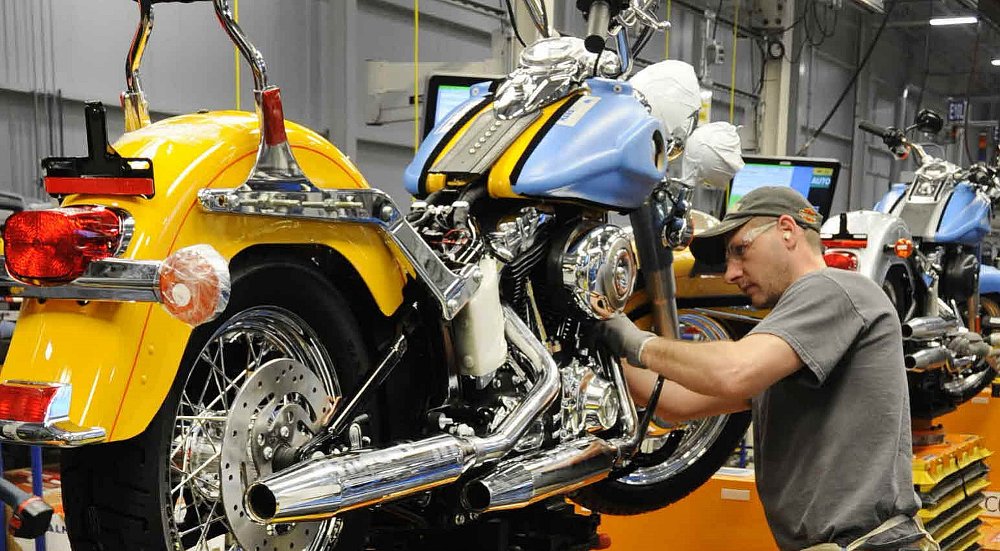Have you ever heard of the lipstick effect?
It’s an economic theory (half serious, half-tongue-in-cheek) that states that in an economic downturn, lipstick prices rise. (That’s correlation.) The explanation says that people don’t stop buying luxury goods in a bad economy, but instead, they shift purchases to less-expensive luxury goods. (That would be causation.) Makes sense on face value, I guess. Lipstick is definitely not an indispensable good, but it’s probably one of the more affordable non-essential items a person could buy. Maybe this extends to motorcycles, eh?
I saw this instagram post recently.
Sweet bike. Let’s assume the asking price is not out of the ballpark. Values on this type of bike have risen. Older Harley-Davidsons, whether chopped or stock, are bringing eye-watering prices. They’ve come up so fast that I’ve had to re-calibrate my brain to what prices things now command, and a lot of friends in these circles have done the same.
Hold that thought for a moment. We'll come back to that.
Back in 2006, Harley-Davidson had a waiting list. You didn't just walk into a showroom and buy one because those bikes were spoken for. You ordered a Harley, and then they made it and shipped it a few weeks or months later. And you paid for it…dearly. Oftentimes, motorcycles commanded prices above the MSRP listed on the sticker. Some of you will remember this time well, and others will shake your heads in disbelief, but it’s true. The idea of dropping tens of thousands of dollars on a ball-milled purple-and-green monster with a 124 ci motor was completely normal. Aftermarket, factory… it didn’t matter. Everything billet was hot. Then suddenly, the style changed one day.
Then the bottom dropped out of the stock market.
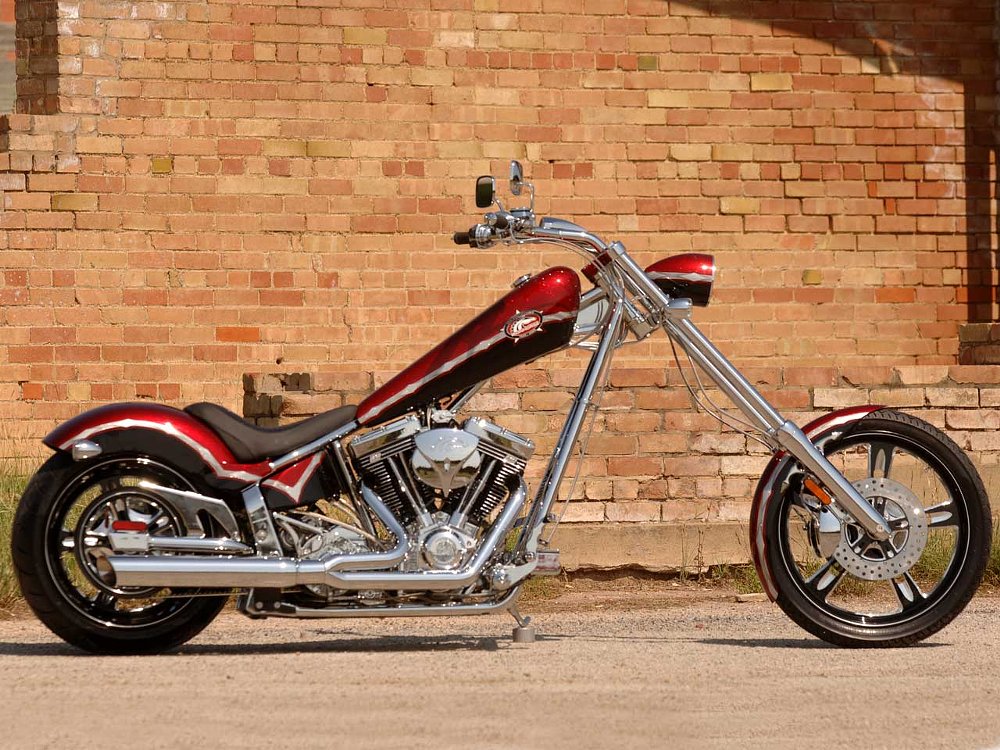
I remember watching the American Ironhorse and Big Dog Choppers shop near me close their doors as prices plummeted after the crash. (I fared fine, personally. One of the good ways to insulate yourself from economic downturns is to make sure you have nothing of value at all!) Attention turned to older bikes, all used. Suddenly, a half-whupped Pan or Shovel seemed like a reasonable purchase. And no one wanted those fancy billet parts anymore. People made things, from raw stock or re-purposed items, because shelling out for catalog chrome was out of the realm of possibility for a lot of chopper people.
The old bikes increased in popularity, which brings us really to that flathead chopper — prices increased, desirability skyrocketed, and here we are… where an 80-year-old hand-built motorcycle commands prices that rub elbows with some of the most expensive new production bikes on the market.
And we can look farther back in history, too. Choppers in America gathered steam from the early 1960s, becoming a full-blown mania through the 1970s. For a while, it seemed everyone had a raked front end and a four-foot-tall sissy bar, but that changed in the 1980s. Many aftermarket chopper parts companies began folding. Supercycle Magazine, operating at a loss for a bit, was sold to Larry Flynt in 1986. The traditional longbike was out. Choppers as a whole sort of stalled in the U.S.A.
And in 1987, the stock market took a huge dump on Black Monday. It was the biggest one-day loss in market history. Rational geometry, and long, low bikes with a more serious consideration of all-around performance came into vogue. Many long choppers, now relatively valueless, were reconfigured in search of pragmatism, eventually culminating in the pro-street machines that took over the 1990s.
Now let’s come back to our flathead. I’m wondering if choppers are correlated to an impending stock market crash. That bike is probably at the tippy-top of what it’s ever been worth in life, even adjusted for inflation. The traditional-chopper-but-not-built-in-a-backyard wave has probably crested. At this point, depending on what you read, we’re in either the longest bull market in history or dang close.
Buying a completely unnecessary motorcycle like a chopper probably sounds a little more rational when finances seem to allow it. Stock prices went bonkers in the 1980s. Some people made money in the market, and others made money employing the type of people who weren’t in the market. In the 2000s, rapidly rising real estate prices coupled with very relaxed lending rules encouraged many to borrow against their homes. Choppers, often being the domain of the blue collar worker, were built and bought by those in the building and construction trade, who were suddenly flush with cash, driving prices north. It’s not surprising that the price of the bikes skyrocketed.
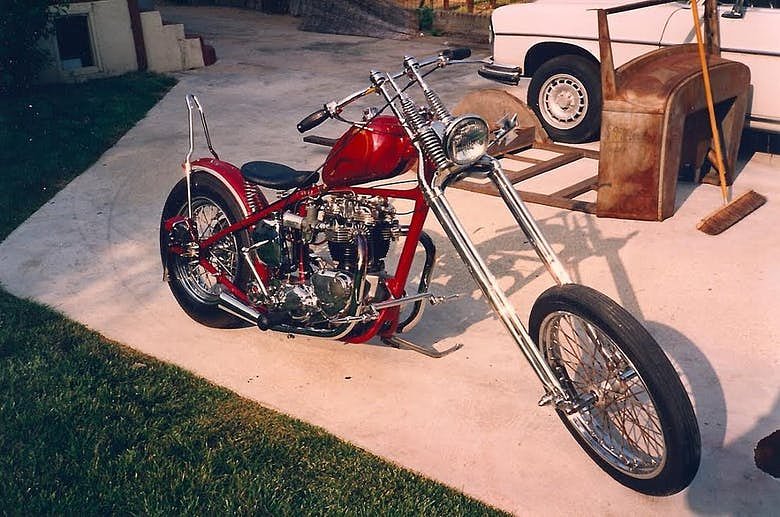
The change in style may be attributable to owners, wiped out from a market’s value plummeting (and/or perhaps underemployed or unemployed from it) and trying to rustle up some cash by selling off non-essential assets. They scramble to rework their now-illiquid item into something more salable, practical, and modern, not dissimilar from the home remodeling a house-flipper engages in. I mean, this causation doesn’t even sound that crazy. Hell, it’s so boring, it takes all the fun out of the article. It’s so...rational. But, like they say, correlation ain’t causation. I may be very incorrect, and perhaps I should stick to writing, not econ.
Maybe this is all a Chicken Little article based around a very nice, very expensive old chopper that popped up on Instagram and the musings of an idiot. But if my theory holds true, we’re due for both a drastic change in chopper style as well as a stock market crash. I’m not certain about either the causation I have proffered nor the correlation, but if it happens the way I suspect it might, I’ll probably pick up a chopper or two after that guest appearance check from Cramer clears.




